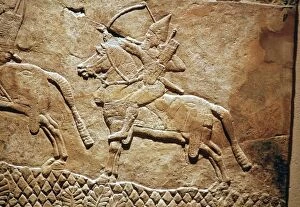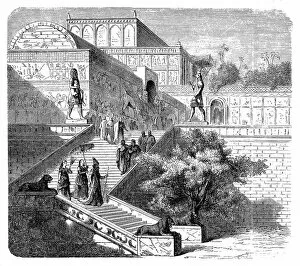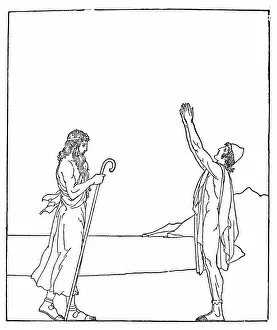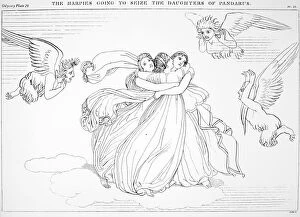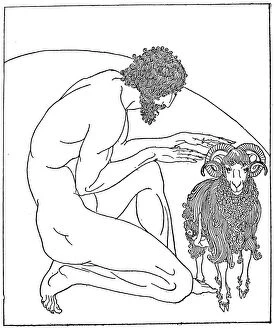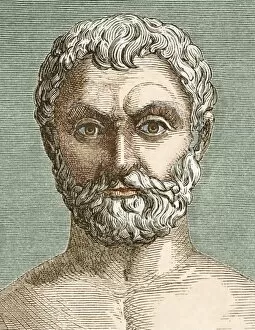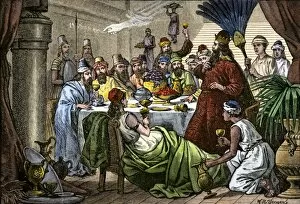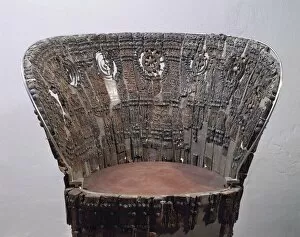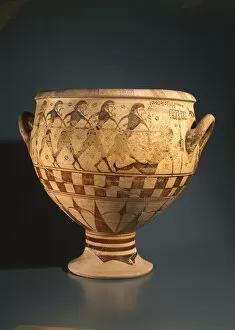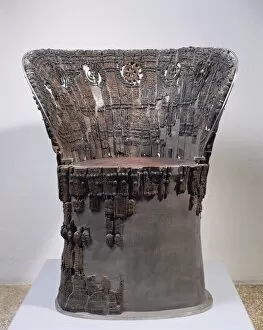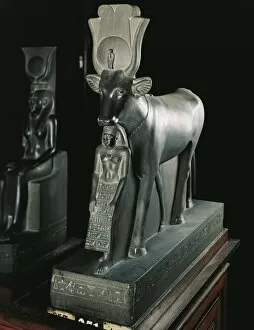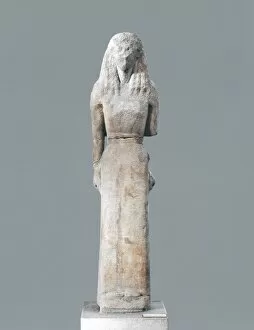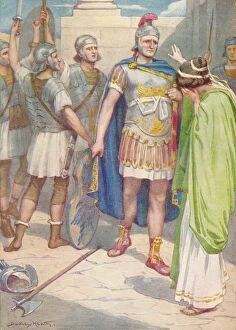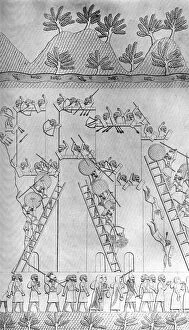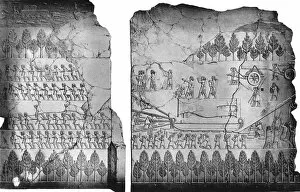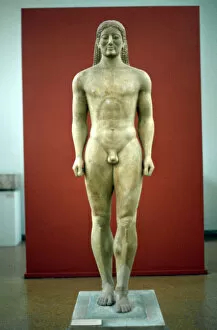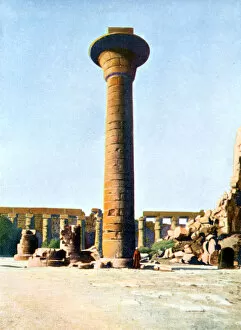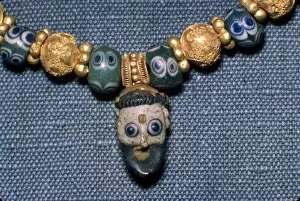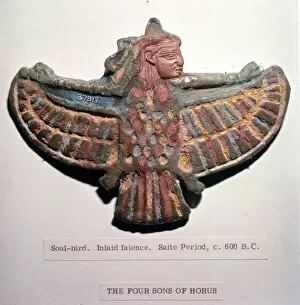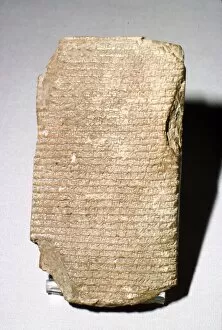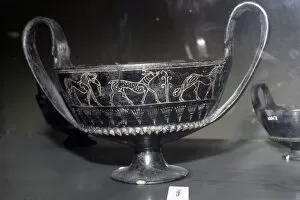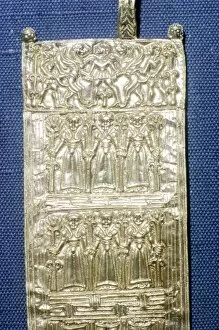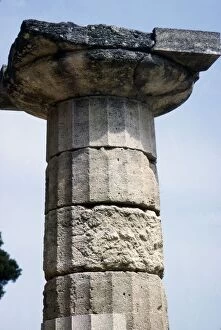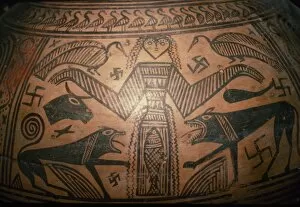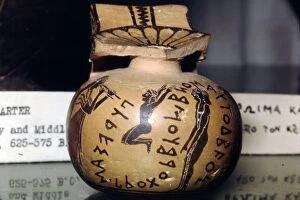7th Century Bc Collection (#9)
"Journeying through the 7th Century BC: A Glimpse into Ancient Civilizations" Step back in time to the 7th century BC
For sale as Licensed Images
Choose your image, Select your licence and Download the media
"Journeying through the 7th Century BC: A Glimpse into Ancient Civilizations" Step back in time to the 7th century BC, a period of great cultural and historical significance. From Peru to Assyria, this era witnessed remarkable developments that shaped our world today. In Peru, the Chavin Stele captivates with its intricate drawings. The Raimondi stele reveals a chieftain adorned with symbols of power and authority, providing insights into ancient Peruvian society. Homer's epic tale, "The Odyssey, " takes us on an adventure as Odysseus faces shipwreck and battles mythical creatures. Willy Pogany's captivating drawing from 1918 brings this timeless story to life. An Assyrian residential complex visual reconstruction offers a glimpse into their advanced architectural prowess. These grand structures showcase their sophisticated urban planning skills. Ditamenpaankh's Shawabty Box showcases exquisite craftsmanship from ancient Egypt during this period. Painted wood depicts scenes of daily life, reflecting the beliefs and customs of that time. A bearded male worshipper statue transports us to Mesopotamia circa 650 BC. This powerful representation symbolizes devotion and spirituality prevalent in ancient societies. Exploring maps is like unraveling history itself; an unknown creator crafted a detailed map showcasing Assyria, Chaldea, and adjacent countries in 1890 – offering geographical context for these civilizations' interactions. Greek art flourished during this era too. The Nessos Painter's depiction of Hercules battling Centaur Setos on Corinthian pottery exemplifies Greek mythology's enduring influence on artistry throughout centuries. Moulded bricks from the Ishtar Gate transport us to Babylon where lions and mushrushu creatures guard entrances - testaments to Babylonian artistic achievements during this epoch. Ruins of Urartu fortress stand tall in Bastam, West Azerbaijan – remnants from a bygone era.

